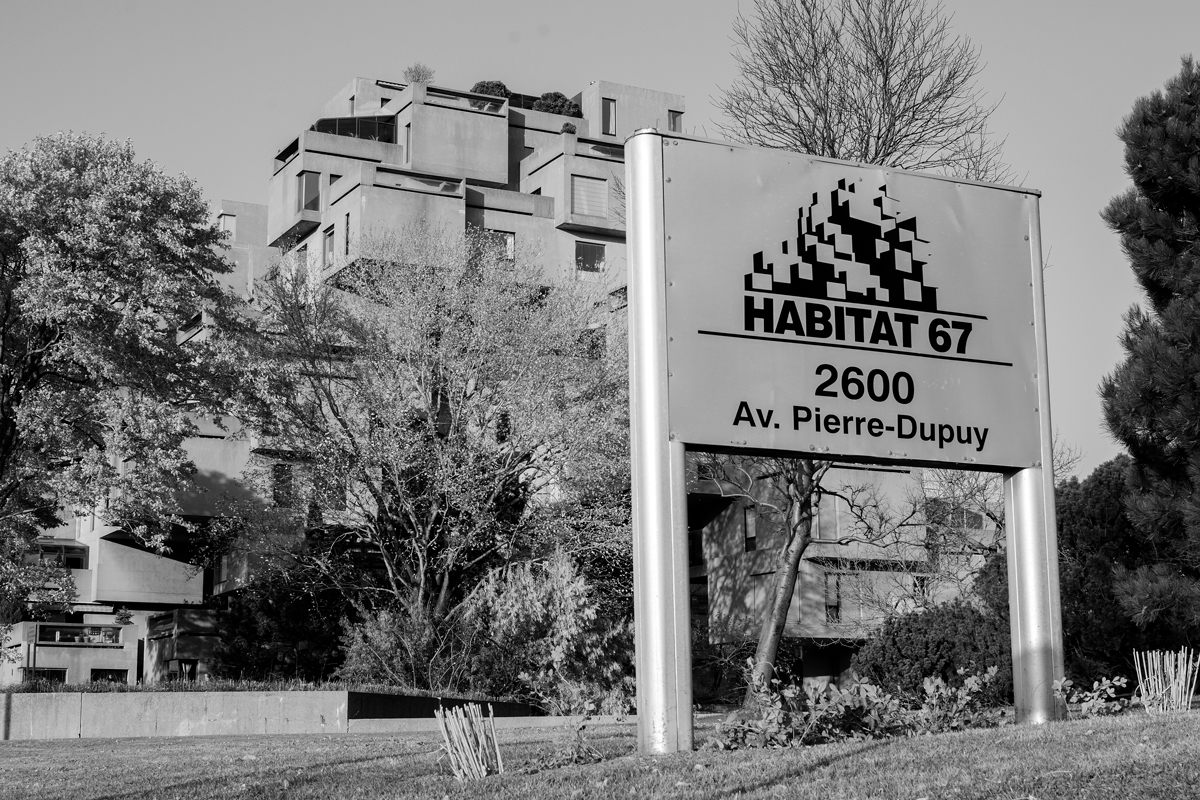
Moshe Safdie reflects on Habitat 67, including why the project was not successfully replicated elsewhere but has inspired modern projects.
How did the idea to revisit Habitat ‘67 in a show come about?
Well, not only is it the 50th anniversary of the project, it’s also Montreal’s 375th anniversary, Canada’s 150th, and Expo 67’s 50th. So it’s a big year in Montreal. We had a traveling exhibit, Global Citizen, that had just been to Boston and New York and a good third of it was Habitat, post-Habitat, and current residential projects. We proposed an exhibit on Habitat to the 375th committee and they agreed to sponsor it while UQAM’s architecture school would host it. So, the show is adding to Global Citizen while focusing on Habitat’s influence and evolution.
You’ve said previously that the question about Habitat 67 isn’t if it’s appreciated but if you’ll be able to replicate it. What prevented your other Habitat projects from being realized?
There were different reasons for each one not working out. But if I had to sum it up, I’d say the system wasn’t ready for them. Puerto Rico’s was undertaken with funding from Operation Breakthrough, a major HUD program meant to encourage research of prefab and new housing concepts. But then Reagan was elected and stopped the program. Construction had already started but it had to be abandoned [after 30 modules had been built].
In New York, everyone was enthusiastic about our project but the marketplace couldn’t adjust to all the innovation. There wasn’t an organization with the will and ability to deal with unions, either, which we didn’t have to deal with at Expo.
They were all sort of near the finish line but we just couldn’t break through. There was an economic recession in the late ‘70s, which meant real estate came to a halt. There was zero building experimentation in the U.S. at that point. It was discouraging. The only housing I built at the time was Coldspring in Baltimore, which had a conventional design and was only partially built because the market had disappeared.
Urban housing then isn’t what it is today. It was all about trying to convince the middle class to stick around or move back in. I only have one New York project at the moment; it’s no Habitat, but it’s something where you can explore outdoor spaces within the building. In Asia, there’s more of a will and a bigger scale to work with although much of that has to deal with fractalization of buildings with gardens and outdoor spaces. In terms of prefab, the idea of building finished and lifted 3-D boxes is a dead direction until light fireproof materials are introduced. As long as we’re dealing with heavy materials, it’s just too bulky and too complicated.
– Mark Byrnes, City Lab
Read more ↓
Revisiting ‘Habitat’ 50 Years Later, City Lab